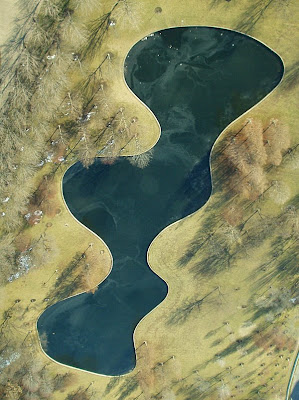On a beautiful spring day, the St. Louis Riverfront was crowded with folks renting bicycles, taking helicopter rides, watching a high school bandplay under a tent overlooking the river, and climbing up and down the Arch steps.
In Downtown St. Louis, a neighborhood loft tour was underway, the restaurants and hotels were hopping and tourists were walking around with cameras.
These two areas are severely divided by the Interstate 70 overpass, which creates a dark, dirty, noisy and imposing barrier people have to navigate through to get from, say, the Convention Center to Laclede’s Landing.
In this concrete, steel and pigeon poop void is where Kara and Steve Holland hosted a Picnic Under the Highway. That’s the video above. And you can see photos of the event here.
Turns out it’s people who make a place vibrant and alive. Huh. Would be nice if this simple concept could become a part of city development and planning. Maybe start with how people would use a space and work out from there. There’s been some official recommendations passed onto the powers-that-be about this very thing. Let’s hope all the pieces come together to create a win/win for everyone.























